Now that the state election is over, and Tasmania has rid itself of 16 years of Labor governments, including a spell of genetically modified Labor-Greens togetherness, we will now be able to see what a Liberal administration can do. The task will be daunting, however you cut it.
Many commentators before the election pointed out what a basket case Tasmania is. Compared to mainland Australia it has higher unemployment, higher youth unemployment, an economy on life support, and any remaining hint of industry or manufacturing slowly being crushed. You even have a hefty number of Tasmanians who refuse to countenance any sort of timber processing at all, world-class ones be damned, even though the inevitable result of that is to have it done overseas, in older, far more polluting plants.
‘So what, as long as my own hands are clean?’ That is the motto of the bumper-sticker-moralising Green voter in Tasmania. Strike that. It’s the motto of virtually any Green voter.
As for the Tasmanian Greens leader Nick McKim, he talks and talks without a hint of self-awareness that his party’s policies were responsible for the precipitous drop in support for his party, and for Labor. All just a confluence of bad luck, don’t you know.
And so you have the mendicant Australian state we call Tasmania. It lives off handouts from the rest of us. It can’t keep its young at home, or at least not any of its young who seek a productive future, off welfare and the public service rolls. It pretends there can be a wealthy, productive future for all in some land of milk and honey where, almost literally, everyone will be creating niche market cheeses or growing grapes to make boutique wines.
Oh, I forgot. The rest of Tasmanians will supposedly be able to earn a good living in tourism, by showing off the ever shrinking part of the state where visitors can still easily go.
It’s not really surprising that the Green party emerged from Tasmania and gave us a Bob Brown. Nor is it surprising that Tasmania can only function, can only tick over, because it receives so much money from the rest of Australia in transfer payments.
Nor can anyone deny that Tasmania’s bizarre voting system, the Hare-Clark monstrosity, accentuates all these problems by making it so very difficult to win a majority government. It seems to be the voting system of choice of any third-rate, self-indulgent political entity like the Greens.
Yet having said all that, I want to take issue with the common complaint that this is all the fault of Tasmania and Tasmanians themselves. If I had to cast about to find the original sin, as it were, that has given us today’s Tasmania, I would blame the Bob Hawke government, the High Court of Australia and all of those people living on the mainland who felt and still feel a vague sense of unease at the thought that some world-class dam might flood a river, or in today’s terms that some world class job-creating processing plant might cause a few extra trees to be felled.
Yes, I trace the rot in Tasmania back to the late 1970s and early 1980s when our High Court sided with the Labor Commonwealth government over the state Liberal government and blocked the latter from building a hydro-electric dam that would have enormous economic potential. You see the Hawke Labor government preferred to see Tasmania as a sort of museum, a Green museum. What you saw then is what you get now, right?
And the High Court, in one of the most implausible, worst-reasoned federalism cases ever in Australia, or anywhere else in the federalist democratic world for that matter, decided that the external affairs head of power gave Canberra the power to pass a law to block the building of the dam.
Did I mention that in this 4-3 High Court decision Justice Murphy was the deciding vote, or judgment?
So a Commonwealth government can opt to enter into a treaty, say a convention to protect world cultural and natural heritage, and because of that a myriad of possible federal statutes, even ones that block the building of a hydro-electric dam, will get the big tick as falling within the power of the feds? Gee, hard to see what constraints that imposes on Canberra and how that sort of reasoning is consistent with any aspect of having a federal constitution anywhere on earth. In theory it appears to give as much power to the centre as the centre feels like having. Wholly off the rails vertical fiscal imbalance here I come!
But of course you can’t have that sort of decision from your top court unless you have a government in Canberra that rams through a national law and fights for its constitutionality, however implausible the case. You need federal politicians who haven’t a federalist bone in their entire bodies, which if anything is even more the case today than it was back then.
And you can’t have a national government prepared to ram through those sort of state-squelching laws unless an awful lot of people on the mainland want the government to do that. They want Canberra to do that because they have a vague sense of unease about the beautiful Franklin River that they have never seen in their lives, a sense of unease that warrants starting down the road of impoverishing and beggaring their neighbours in Tasmania.
So yes there is a litany of woe in our island state. But don’t kid yourself. The original sin lies on this side of the Bass Strait.
Got something to add? Join the discussion and comment below.
Get 10 issues for just $10
Subscribe to The Spectator Australia today for the next 10 magazine issues, plus full online access, for just $10.
James Allan is a professor of law at the University of Queensland
You might disagree with half of it, but you’ll enjoy reading all of it. Try your first month for free, then just $2 a week for the remainder of your first year.

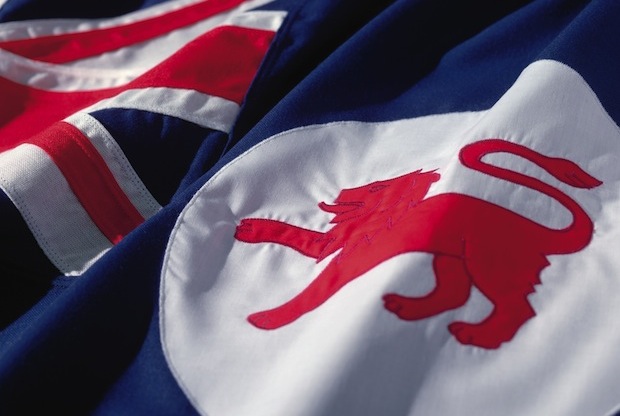
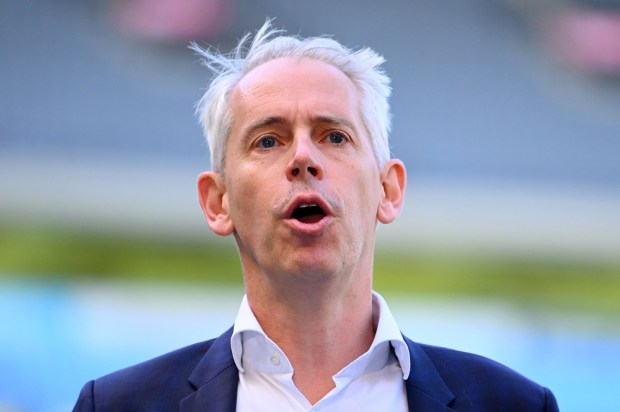
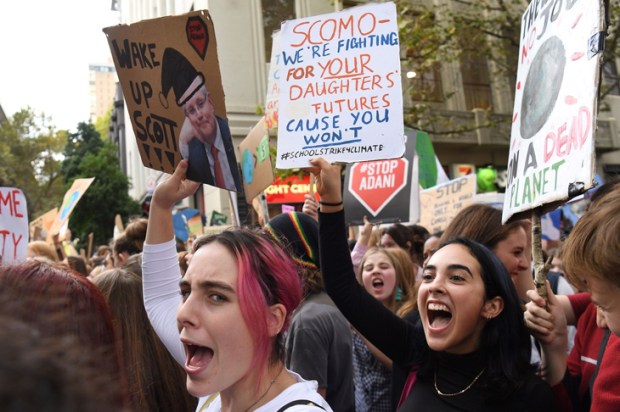
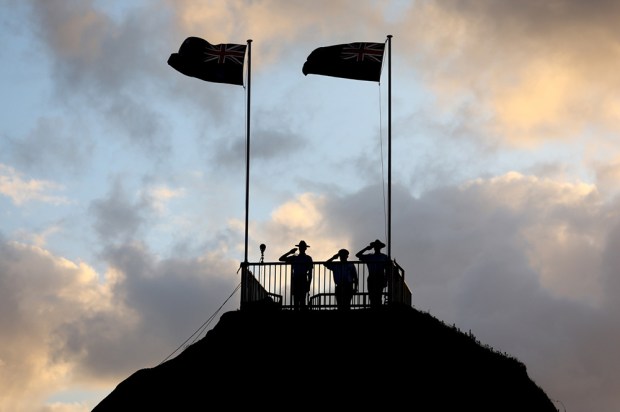

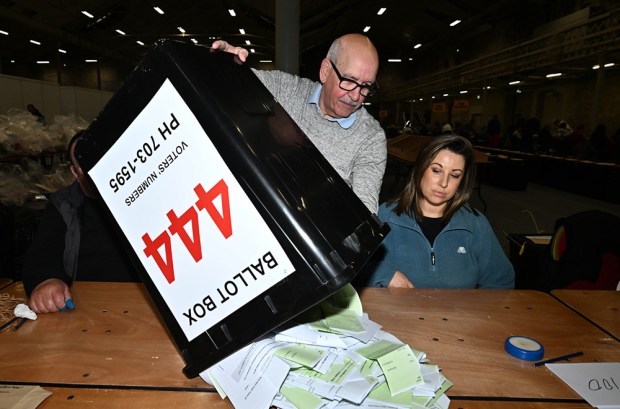







Comments
Don't miss out
Join the conversation with other Spectator Australia readers. Subscribe to leave a comment.
SUBSCRIBEAlready a subscriber? Log in